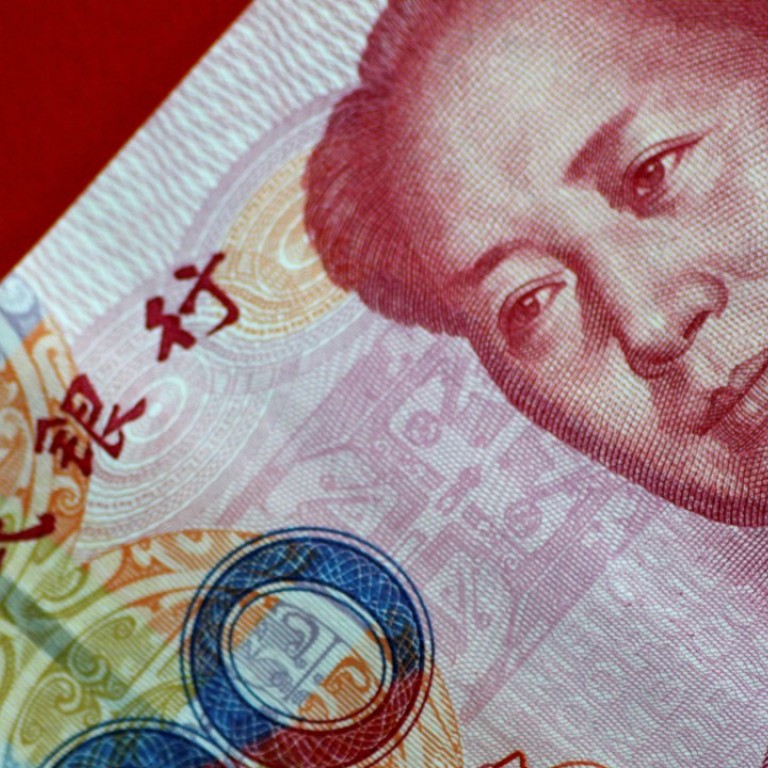
China’s central bank eases exchange rate setting mechanism
China’s central bank has eased controls over the yuan exchange rate, reflecting the second step in the past year aimed at taking the wind out of the currency as capital outflows from the country ease.
The People’s Bank of China has removed the influence of the “counter-cyclical factor” from the formula used to calculate the daily central parity of the yuan’s exchange rate against the US dollar, according to sources familiar with the matter.
The PBOC’s yuan reference rate against the US dollar is used as a mid-point, allowing trades of up to 2 per cent on either side of the so-called fix for the day.
In response to an inquiry about the adjustment to the currency’s daily reference rate setting, the PBOC said that components to calculate the “counter-cyclical factor” were based on quotations submitted by market makers.
“Adjustments of internal quotations due to changes of the fundamentals of the macro economy and the cyclicality of the foreign exchange market, are made according to internal price models and determine whether the counter-cyclical factor needs to be revised,” the PBOC said.
In May, the PBOC introduced the “counter-cyclical factor”, which was designed to lessen the affect of market forces on the price setting of the reference rate amid strong depreciation pressure in the currency and capital outflows.
The PBOC is taking action to remove one-way appreciation expectations and create two-way volatility in the market
Sources said that the PBOC had in recent days told banks to reduce the contribution of the counter-cyclical factor to zero, effectively resulting in no impact on the price mechanism.
The decision comes as the yuan touched its highest level in four months against the US dollar this week because of expectations for tighter monetary policy amid solid economic growth and as China continues to cut risky lending in the financial sector.
The outlook for tighter policy and higher rates in China fuelled a carry trade in the market, as investors took advantage of the wider interest rate differentials between China and the US. Traders sold dollar assets to buy higher-yielding Chinese yuan, thereby intensifying yuan appreciation.
But in response to the PBOC’s decision to remove the “counter-cyclical factor” from the reference rate formula, the yuan slid the most in more than two months on Tuesday, before retracing some of the decline on Wednesday to 6.5256 against the dollar.
“Rates will stay high because of China’s deleveraging and people will continue to do this carry trade. The PBOC is taking action to remove one-way appreciation expectations and create two-way volatility in the market,” said Zhou Hao, senior emerging markets economist Asia at Commerzbank.
The PBOC may want to defend the yuan’s appreciation and put a cap at 6.5 per dollar in the near term, a level near 6.48 when it triggered the central bank to take its first market measure, he said.
In September the PBOC scrapped a 20 per cent reserve requirement on financial institutions when buying dollars for clients, which effectively made it cheaper to short the yuan. The yuan was rising to 6.5 per dollar at that time.


